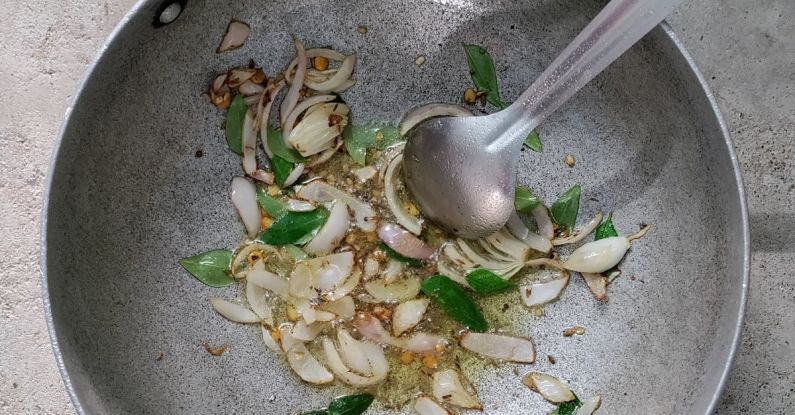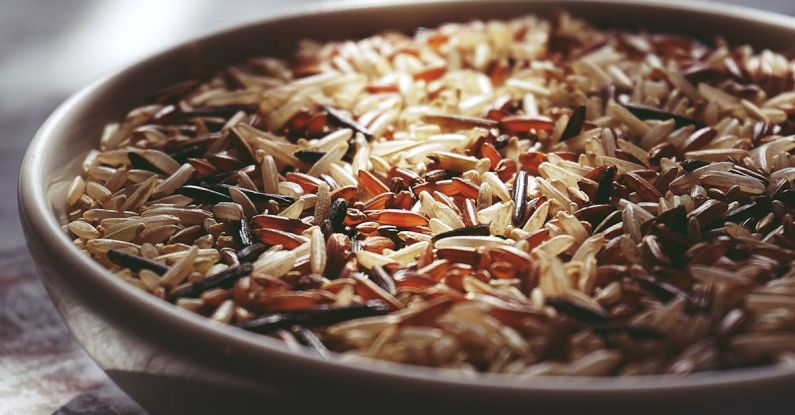
Sautéing vegetables is a quick and flavorful cooking technique that helps retain the natural goodness and crunch of the veggies. Whether you are a novice in the kitchen or a seasoned cook, mastering the art of sautéing vegetables can elevate your dishes to a whole new level. In this article, we will delve into the best techniques for sautéing vegetables to help you achieve perfectly cooked, vibrant, and delicious results every time.
Choosing the Right Pan
The first step in successful vegetable sautéing is choosing the right pan. A wide, heavy-bottomed skillet or sauté pan with sloping sides is ideal for even heat distribution and ample surface area to allow the vegetables to cook evenly. Avoid using non-stick pans for sautéing as they can inhibit the development of flavorful caramelization on the vegetables.
Prepping the Vegetables
Before you start sautéing, it is essential to properly prep your vegetables. Wash and dry the vegetables thoroughly, then slice or dice them into uniform sizes to ensure even cooking. Larger vegetables like carrots or potatoes may require a bit more time to cook, so it’s best to cut them into smaller pieces or slices to speed up the cooking process.
Heating the Pan
One of the key elements of successful vegetable sautéing is ensuring that your pan is properly heated before adding the vegetables. Heat the pan over medium-high heat and add a small amount of oil or butter. To test if the pan is hot enough, sprinkle a few drops of water into the pan – if they sizzle and evaporate immediately, the pan is ready for the vegetables.
Adding the Vegetables
Once the pan is hot, carefully add the prepped vegetables in a single layer. Overcrowding the pan can lead to steaming rather than sautéing, so it’s best to cook the vegetables in batches if necessary. Allow the vegetables to cook undisturbed for a few minutes to develop a nice sear and caramelization on the surface before tossing or stirring them.
Seasoning the Vegetables
Seasoning is crucial in bringing out the natural flavors of the vegetables. Add salt and pepper to taste, along with any other herbs or spices you prefer. Garlic, thyme, rosemary, and paprika are excellent choices to enhance the taste of sautéed vegetables. Remember that you can always adjust the seasoning later, so it’s best to start with a light hand and taste as you go.
Maintaining High Heat
To ensure that your vegetables sauté properly, it’s essential to maintain a consistent high heat throughout the cooking process. Keep the vegetables moving in the pan by tossing or stirring them frequently to prevent burning and promote even cooking. If you notice that the pan is getting too hot, reduce the heat slightly to prevent scorching.
Adding Liquid
If the vegetables start to stick to the pan or if you prefer a softer texture, you can add a splash of liquid such as broth, wine, or water. This will help deglaze the pan, create a flavorful sauce, and steam the vegetables to perfection. Be mindful of adding too much liquid, as you don’t want the vegetables to become soggy.
Experimenting with Flavors
Sautéing vegetables is a versatile cooking technique that allows for endless flavor combinations. Don’t be afraid to experiment with different vegetables, seasonings, and cooking methods to create unique and delicious dishes. Consider adding ingredients like balsamic vinegar, soy sauce, honey, or citrus zest to elevate the flavors of your sautéed vegetables.
Mastering the Art of Sautéing Vegetables
By following these best techniques for sautéing vegetables, you can master the art of cooking delicious, vibrant, and healthy dishes that will impress your family and friends. Remember to choose the right pan, prep your vegetables properly, heat the pan before adding the vegetables, season generously, maintain high heat, add liquid if needed, and experiment with flavors to create culinary masterpieces in your own kitchen. With practice and a little creativity, you can become a sautéing expert and enjoy the wonderful world of flavorful and nutritious vegetable dishes.






